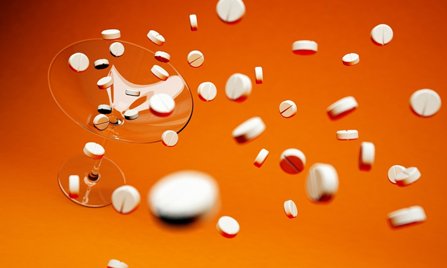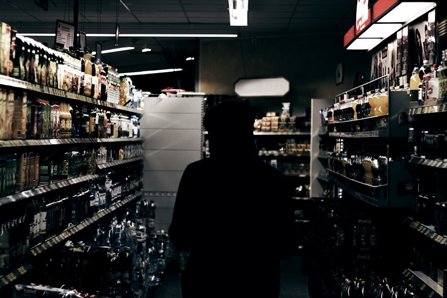Why a Live-In Rehab Centre has
Higher Chances of Success
There is a reason that we always recommend inpatient programmes, and that is simply they have a much higher rate of success and here is why.There are many different types of rehabilitation programmes out there but they will all fall into the categories of inpatient or outpatient programmes.
1) You receive full time care
This is particularly helpful when trying to get through withdrawals and adjust to a life without drugs. Having the back up there means you have someone to talk to, and help get you through the more difficult times.
2) You are never totally alone.
Being totally alone in such a difficult time can be very, very hard. There are ups and downs during rehab and having someone there at any time, to help you through the downs, the bumps and difficulties in the road makes a big difference.
3) You can fully concentrate on recovery
When going home every night it is easy to get into home and domestic issues, the bills, the cleaning, the cooking etc. While getting through something as hard as rehab it is better to have your attention totally on what you are doing with no need to be distracted onto these other life things. Rehab is a full time job on its own.
4) It is a controlled area
Simply put, in a controlled area you will not be going out at night looking for the next hit. As good intentioned as you will be when starting rehab, it is still difficult to get through those physical and mental cravings. If you are at home, there are all too many reminders of the life with drugs, and that will just get in your road to full rehabilitation.
5) It is away from your home area
This is a continuation of the point above, but it is an important one. Knowing you are within a short drive of your normal dealer or pharmacy can just prey on your mind and make it that much harder to totally disconnect. When in a totally different environment without your connections it is easier to focus on the job at hand and truly have your attention on the rehab.
Here at Narconon we only deliver full time inpatient programmes, to find out more information, call us 00800 802 1375

















